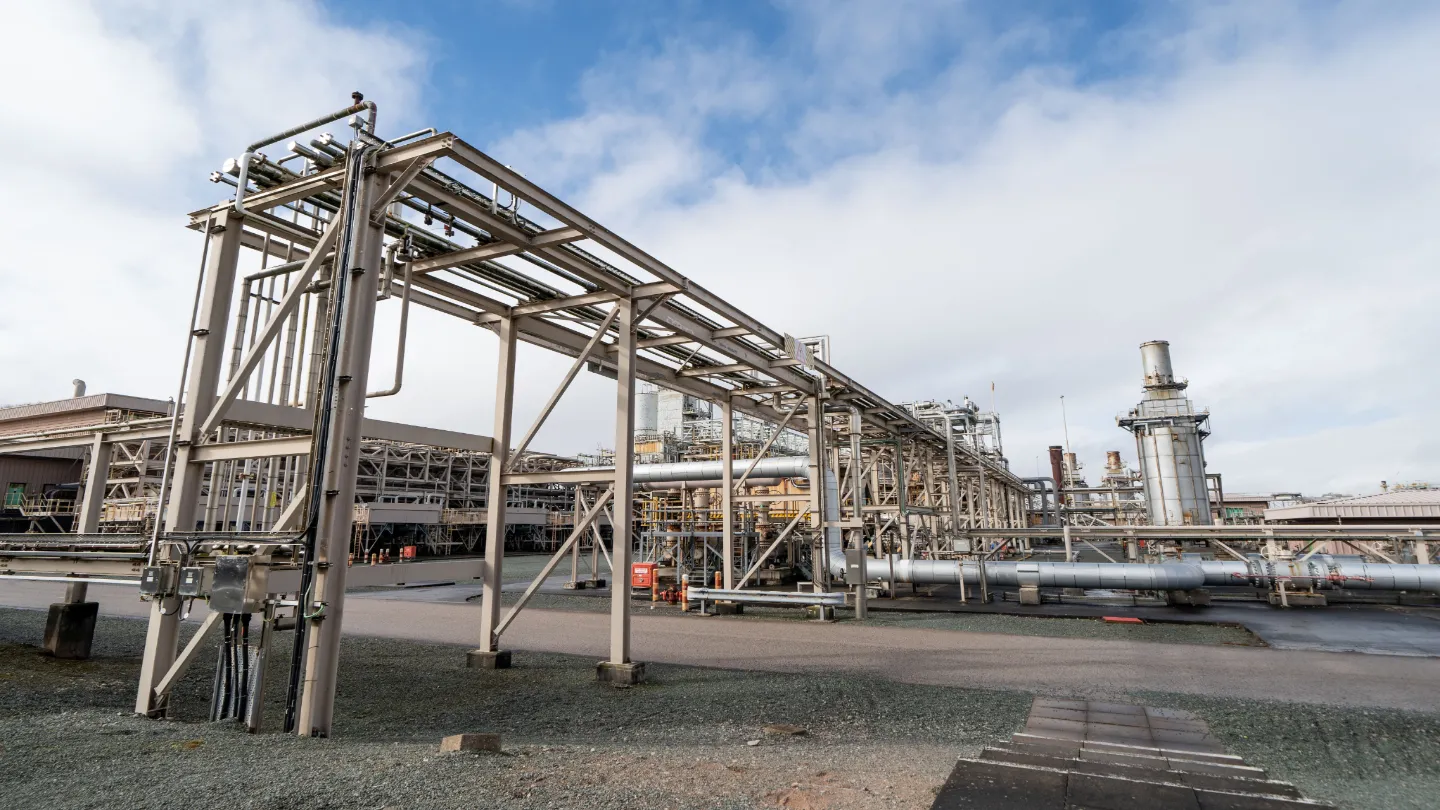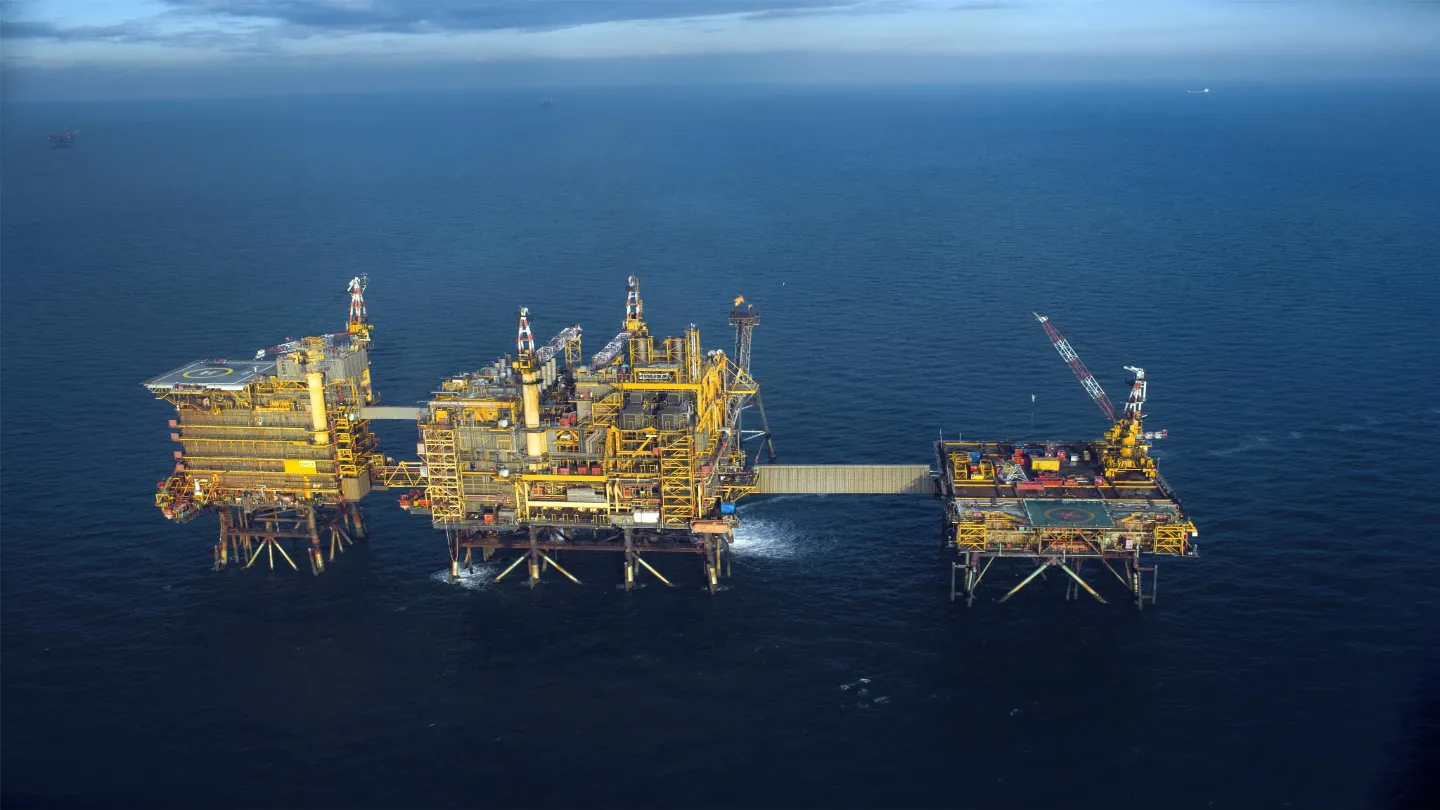The Morecambe Net Zero (MNZ) Cluster is a planned Carbon Capture, Utilisation and Storage Project (CCUS) to be developed offshore, the UK.
It will convert the depleted South and North Morecambe gas fields into carbon dioxide storage sites by 2030.
The project will be delivered by a consortium led by Centrica (69%) and Stadtwerke München backed Spirit Energy.
Once operational, MNZ will become one of the UK’s biggest carbon storage hubs capable of storing 1 gigatonne (1,000 mega-tonnes) of carbon dioxide. This represents three years’ worth of current UK CO₂ emissions.
MNZ Cluster has already signed a memorandum of understanding (MoU) to store carbon emissions captured by the Peak Cluster, which seeks to decarbonise the cement and lime industry in the UK.
MNZ Cluster Location
Morecambe Net Zero Cluster will leverage the depleted reservoirs of the South and North Morecambe gas fields, around 25km off the coast of Barrow-in-Furness in northwestern England.
The North Morecambe and South Morecambe gas fields are located in the East Irish Sea. They form part of the Morecambe Hub, which also includes Rhyl.
Spirit Energy holds 100% equity in all three fields.
They lie approximately 25km southwest of Walney Island in water depths ranging from 17m to 35m. The location will enable the project to receive carbon dioxide by ship.
Background Details
Spirit Energy unveiled the plan to convert the depleted North Morecambe and South Morecambe gas fields into a carbon storage cluster in January 2023.
The UK North Sea Transition Authority (NSTA) granted the carbon storage licence (CS010) to Spirit in May 2023.
Spirit Energy also submitted a qualifying Expression of Interest seeking Government’s Track 2 CCUS Cluster Sequencing for the MNZ Cluster.
MNZ Cluster Development
Carbon capture, utilisation and storage (CCUS) is a three-way process that involves capturing industrial carbon dioxide and then transporting it via pipeline or ship, or rail to store deep underground permanently.
This prevents carbon emissions from entering the atmosphere and will help the industrial sector to achieve net zero.
MNZ Cluster’s reservoirs cover approximately 23km long by 7km wide area.
Overall, the South Morecambe and North Morecambe gas fields have a theoretical carbon dioxide storage capacity of 1,074 million tonnes.
Around 81% of the total capacity (875 million tonnes) is in South Morecambe, while the remaining 19% is in North Morecambe.
The sandstone reservoirs are under 800m of interbedded halite (salt) and mudstone structure which acts as a reliable impermeable seal.
Carbon dioxide will be transported to the site via ship or pipeline. Subsequently, the CO₂ will be injected deep underground into the reservoirs for permanent storage.
The MNZ Cluster will store 1 gigatonne of CO₂ at rates of up to 25 million tonnes per annum. This will help the UK Government to achieve its target of having 20-30 MTPA of storage capacity by 2030.
MNZ-Peak Cluster Partnership
Peak Cluster is a collaboration to capture, transport and permanently store carbon dioxide emissions from the lime and cement industry in Staffordshire, Derbyshire and Cheshire.
The Cluster is made up of five leading cement and lime producers in the UK- Breedon, Tarmac, Lhoist, SigmaRoc, and Aggregate Industries in collaboration with Progressive Energy.
In September 2023, MNZ and Peak Cluster signed a MoU to evaluate carbon dioxide storage opportunities.
The partnership aims to decarbonise 40% of the UK lime and cement industries. This will involve capturing four million tonnes of CO₂ emissions from the industry within Peak Cluster and permanently storing in Spirit Energy’s MNZ carbon storage annually.
The plan involves capturing carbon dioxide in specialised equipment installed at Peak Cluster’s plants in Staffordshire and Derbyshire. The construction of carbon capture plants may take around three years at each of the sites.
The captured and compressed carbon dioxide will be transported via a new buried pipeline across to the coast. Additional industries may be connected to the transport infrastructure.
The pipeline is expected to have a maximum diameter of about 36 inches or 91cm. A corridor of around 30m will be needed to install the pipeline. Subsequently, CO2 will be transported offshore to the site.
Permanent storage of carbon dioxide is slated to begin in 2030.
Peak Cluster and the partnership will fetch around £5bn of investment in construction and operations. Additionally, it will help protect more than 13,000 jobs across Derbyshire, Staffordshire and Cumbria.
Contractors Involved
Spirit Energy selected Shearwater Geoservices Holding in March 2024 to support the MNZ Project. As agreed, Shearwater will provide a vessel for a seismic survey over the Morecambe Bay gas fields.
The vessel will collect and process around 500km2 of high-resolution 3D seismic data and provide detailed information on the potential carbon dioxide storage sites.
British multinational law firm Slaughter and May advised Spirit Energy for the MNZ Project in relation to the MoU signed with Peak Cluster.





